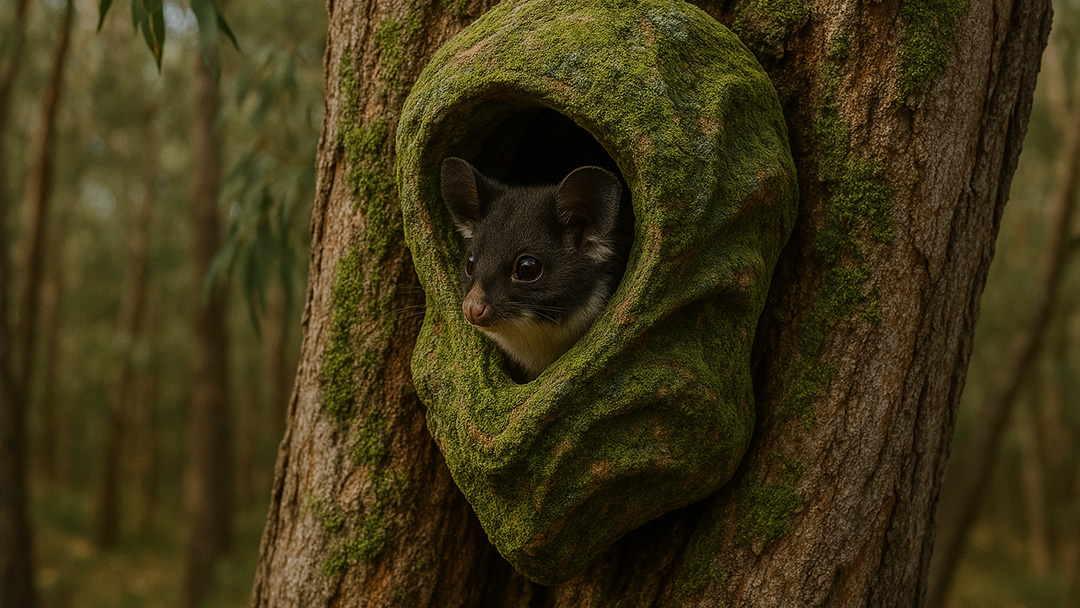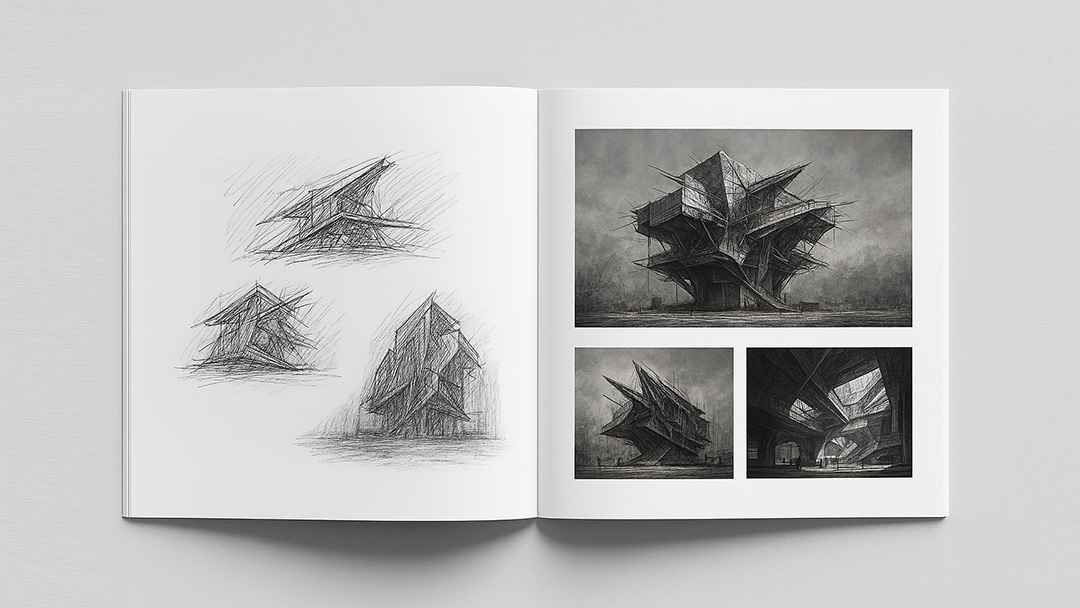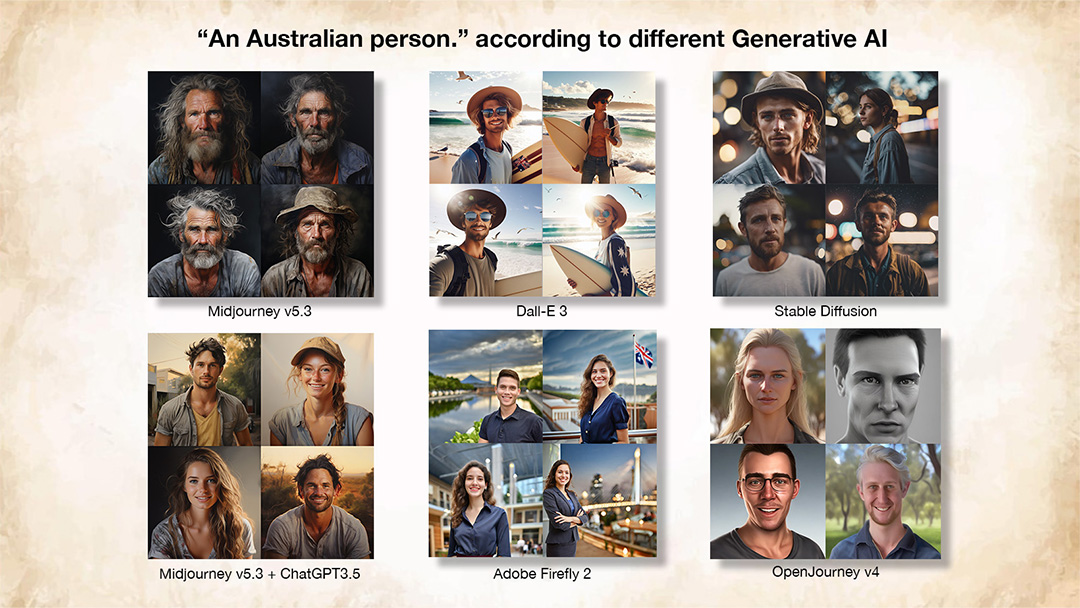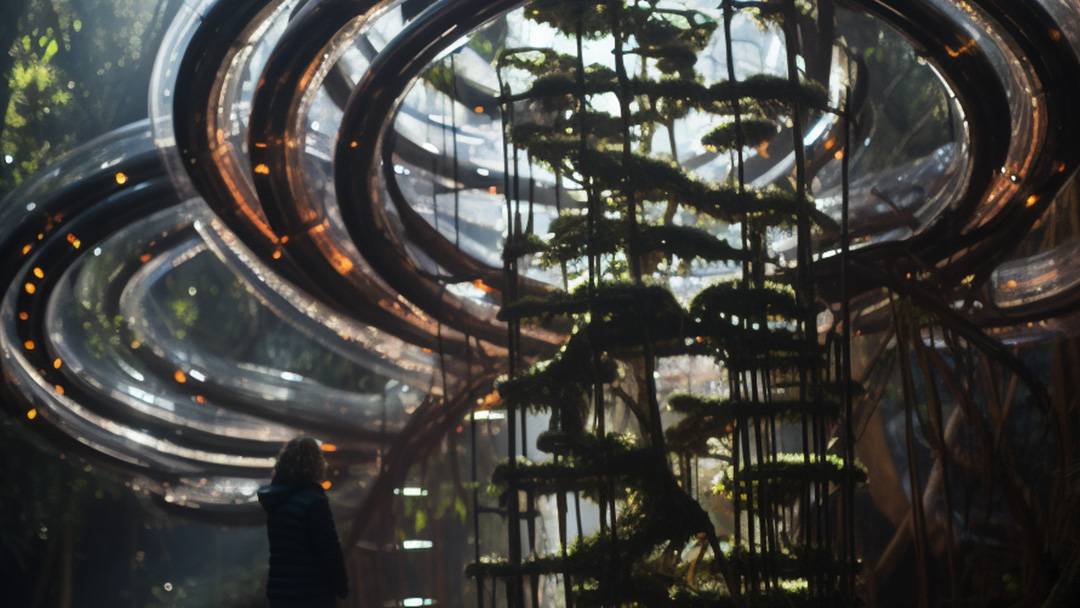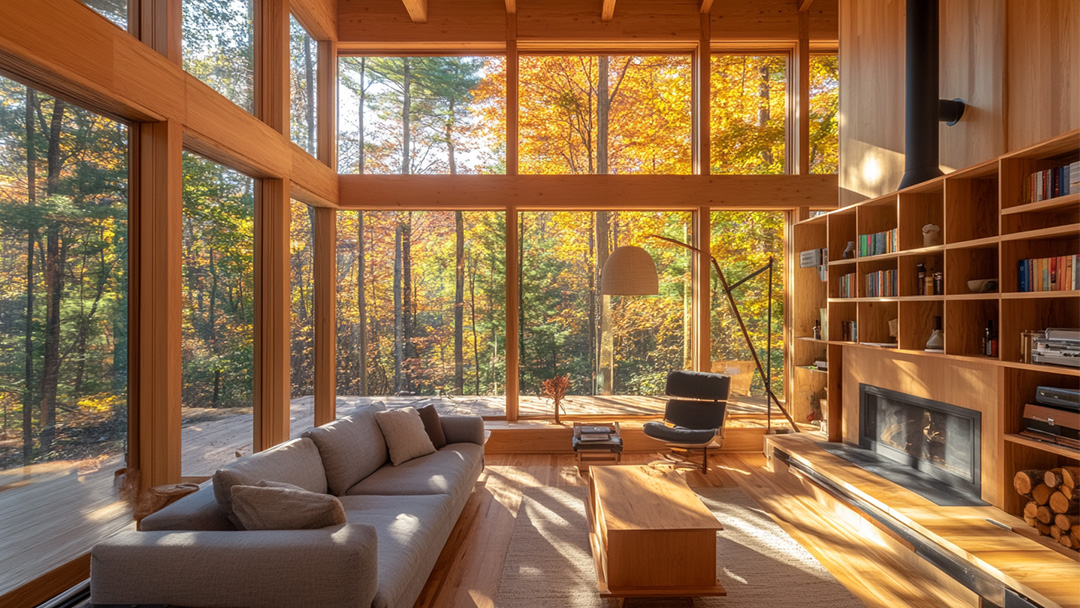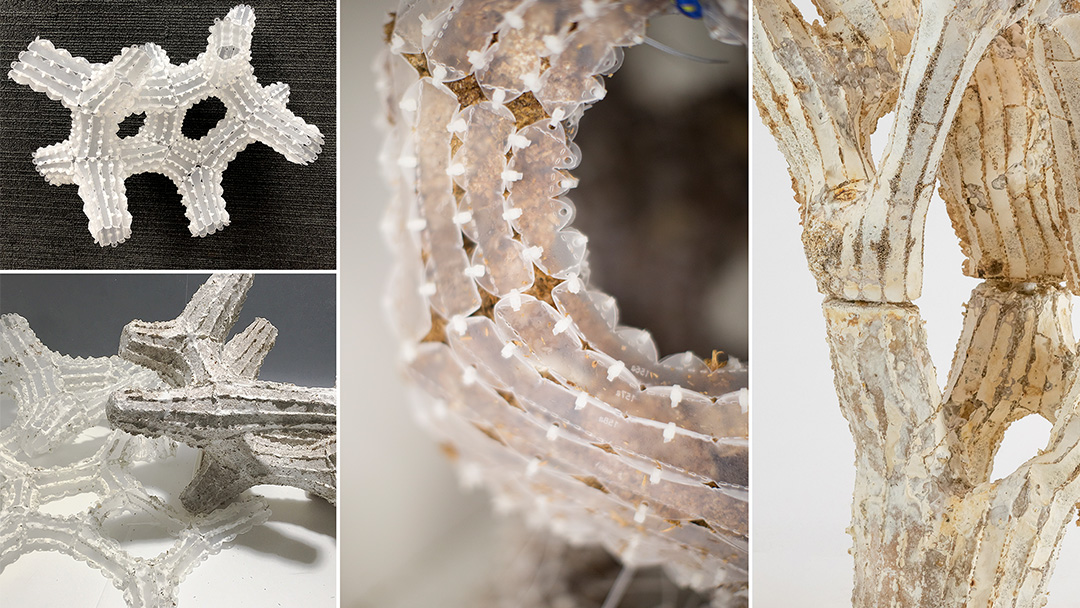Project | All projects ↗
Beyond anthropocentrism: Designing for different life forms using GenAI
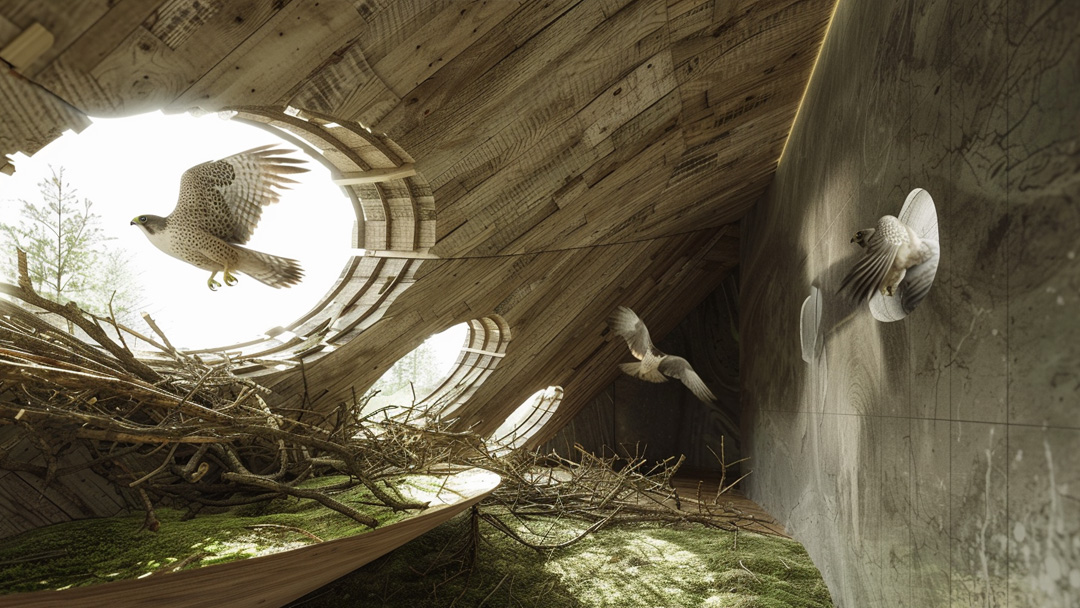
Details
This research demonstrates our outcomes of drawing on posthumanism theory (Forlano, 2017) and more-than-human design approach to create future environments for non-humans. In the wake of the Anthropocene era, where human activities have significantly altered the planet, there arises a critical need to reconceptualise our built environment through a lens beyond anthropocentrism. Thus, we adopt a decentering framework, specifically a pluriversal approach (Escobar, 2018), to move humans away from the centre to create an equal relationship between humans and the currently marginalised non-humans in the periphery. Our reconceptualisation challenges the conventional anthropocentric paradigm by first advocating an ethos that encompasses the needs, experiences, and interactions of diverse non-human entities, such as digital technology, living beings, and living ecosystems. By embracing the agency of these non-human actors, we aim to cultivate environments that accommodate multispecies coexistence, ecological resilience, and mutual flourishing. Then, we apply our framework to design future environments. Using Generative Artificial Intelligence tools, we apply our design framework to create more-than-human environments. Finally, through co-reflections we discuss the potentials and challenges of designing for more-than-human entities within built environments. By transcending anthropocentrism, we envision the built environment as a medium for fostering rich, reciprocal relationships between humans and the more-than-human world, ultimately contributing to the creation of more inclusive, resilient, and ecologically attuned built environments.
keywords: more-than-human design; pluriversal design; posthumanism theory
- with: Fanny Suhendra
- year: February 2024 — October 2024


